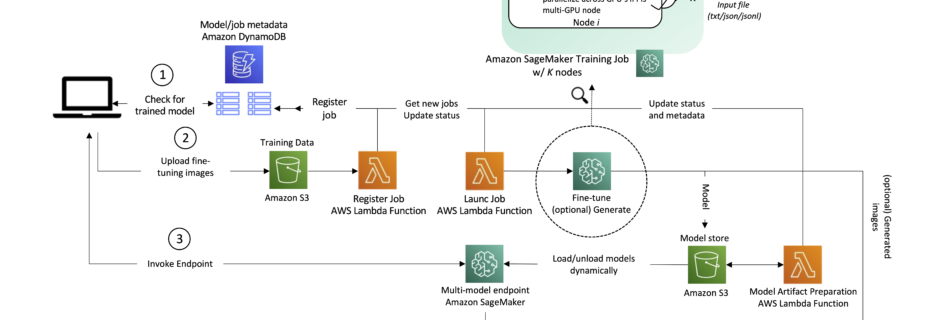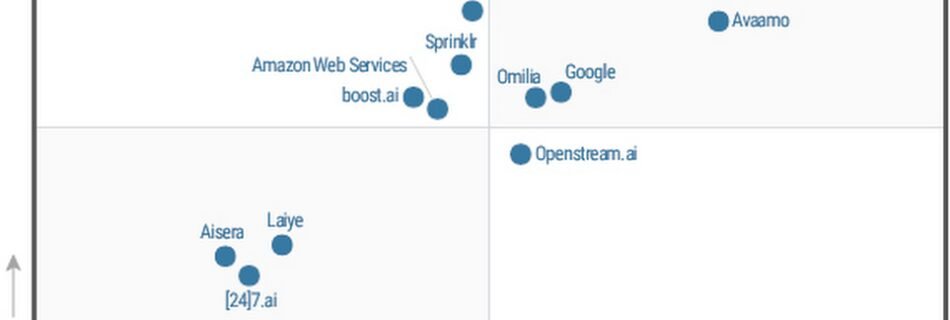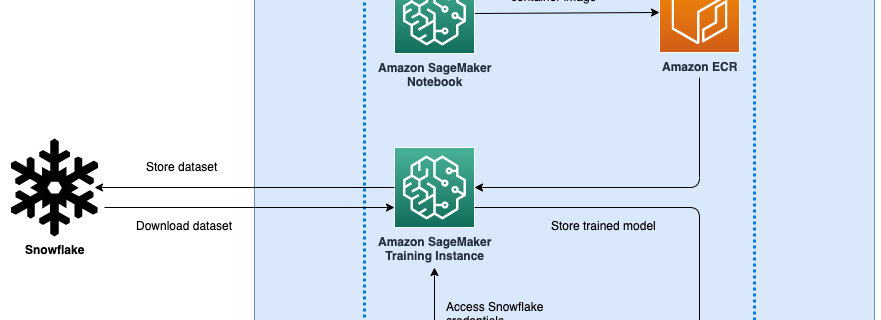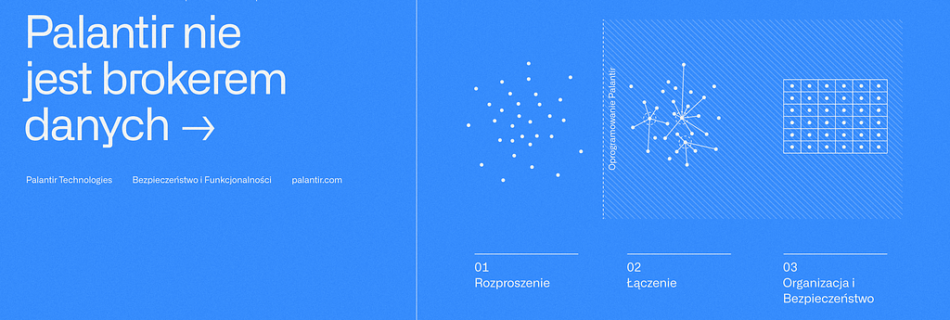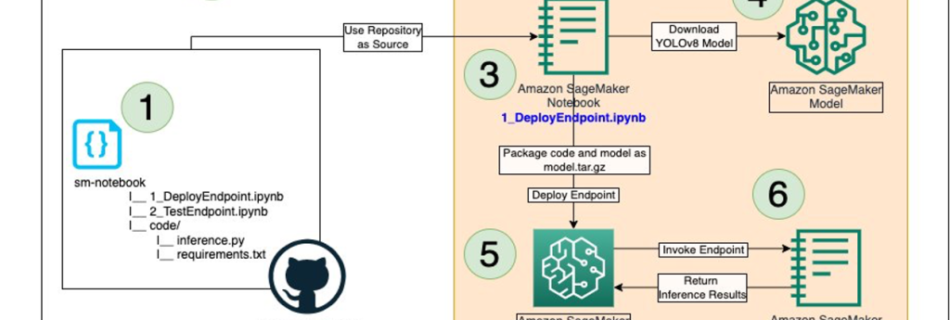Architect personalized generative AI SaaS applications on Amazon SageMaker
The AI landscape is being reshaped by the rise of generative models capable of synthesizing high-quality data, such as text, images, music, and videos. The course toward democratization of AI helped to further popularize generative AI following the open-source releases for such foundation model families as BERT, T5, GPT, CLIP and, most recently, Stable Diffusion. …
Read more “Architect personalized generative AI SaaS applications on Amazon SageMaker”
